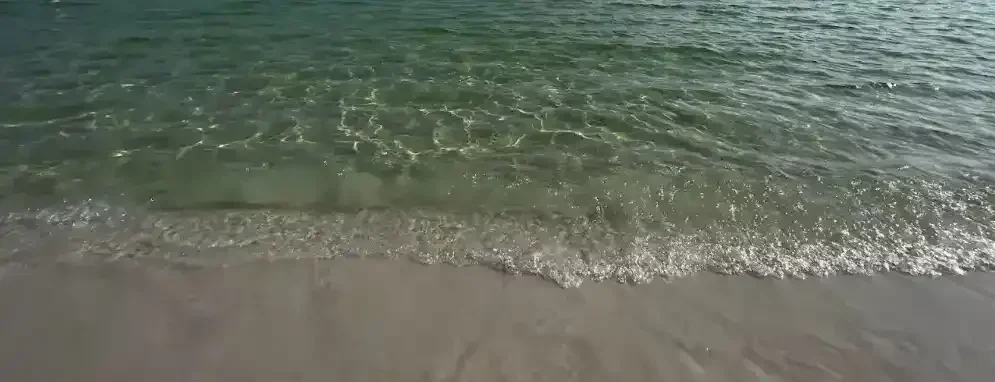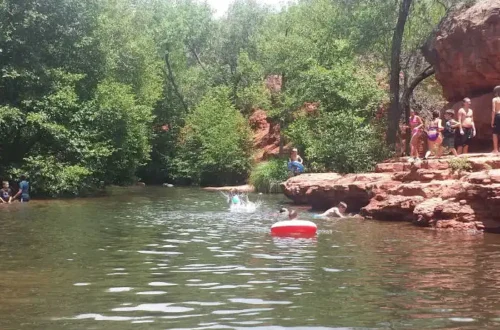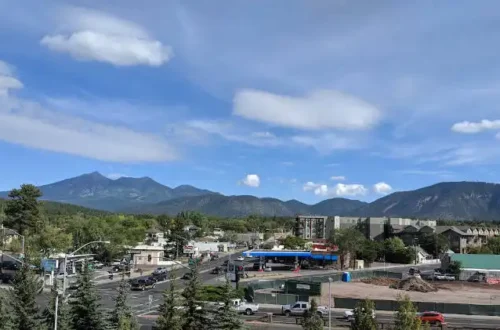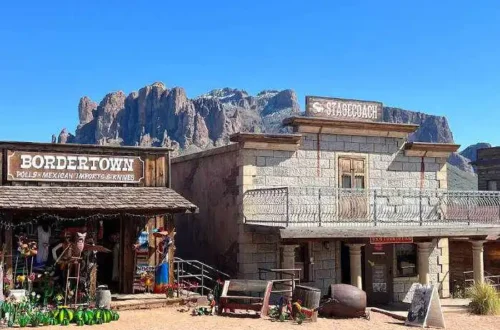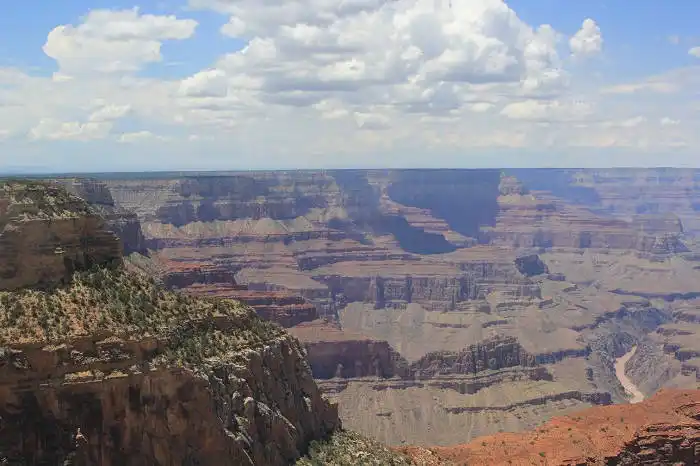
Where is the Grand Canyon? & The Basics You Need to Know
When people around the world hear “Arizona ,” the first thing that usually pops into their minds is the Grand Canyon. We are the Grand Canyon State, and it lives up to every bit of the hype.
One minute you’re cruising through the desert under wide-open skies, and the next, you’re standing at the edge of one of the most jaw-dropping sights you’ll ever see. It’s no surprise this place made the cut as one of the Seven Natural Wonders of the World.
This post may contain affiliate links. Please read my disclosure policy.
How Much Time Do I Need To See the Grand Canyon
You could spend the day there or your entire vacation. Even if you can only swing a day or two, go. Pack your walking shoes, toss a few extra layers in your bag (because yes, the weather changes fast up there!), and just go.
There’s something about seeing the Grand Canyon or any of the National Parks with your own eyes that no photo, no documentary, and no story can ever truly capture.
Where is the Grand Canyon & How to Get There
The Park is in the northwest region of Arizona. You may be surprised to learn there are three entrances to the park:
- South Rim: The south rim is the main park entrance. South Rim map
- East Entrance or Desert View:
- North Rim: The north rim is open seasonally (usually mid-May to mid-October). North Rim map
- As of 2025 reservations are not required to enter the National Park, there is no timed entry.
- Reservations are required to camp at the Grand Canyon.
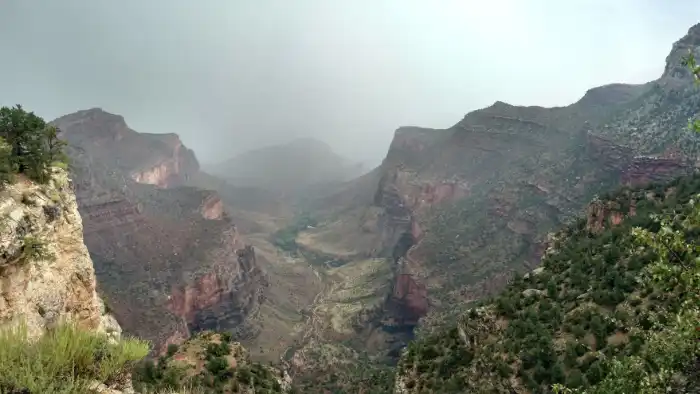
How Far is the Grand Canyon from Phoenix?
Tucked away in the northwest corner of the state, about 220 miles from Phoenix, the Grand Canyon feels like another planet entirely. If driving to the South Rim it can take about 3.5 hours to get there from Phoenix. The north rim is about 350 miles from Phoenix and can take around 6 hours.
To access the south rim from Phoenix take Interstate 17 north to Flagstaff for 150 miles, From Flagstaff the drive is around 75 miles.
How Far is the Grand Canyon from Las Vegas?
The south rim is a little bit longer drive from Las Vegas as it is to Phoenix. It is about 275 miles, so about 3.5 hours.
What does it cost?
A 7-day pass to the National Park will cost you $35.00 (for a private car) as of 2025. This pass is good for both the South Rim and North Rim (mid-May to mid-October). Only credit/debit card is accepted. You can also purchase a Grand Canyon annual pass or an America the Beautiful annual pass.
Where to Stay in the Grand Canyon
There are two campgrounds at the South Rim: Mather Campground and Desert View (seasonal).
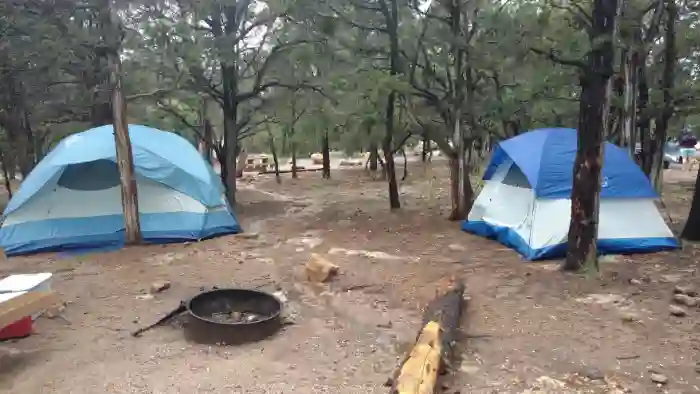
Must See Spots in the Grand Canyon – South Rim
The Grand Canyon’s main tourist attraction is the south rim. Find out the Best Things to See & Do in the Grand Canyon.
Five Main Areas of the Grand Canyon South Rim
- Visitor Center
- Market Plaza
- Village
- Hermit’s Rest (west)
- Desert View (east)
Getting Around the Grand Canyon
There are several FREE shuttle bus routes at the South Rim:
- Hermit’s Rest Route (red line)
- Village Route (blue line)
- Kaibab Trail Route (orange line).
- Tusayan Park & Ride (purple line) – only open in the summer.
Weather in the Grand Canyon
- Spring and fall can be much cooler than it is in Phoenix, so layering your clothing is a good idea.
- Summers are pleasant. Monsoon season is in July, August, and the beginning of September. If you visit during these months it is not uncommon to experience heavy rain.
- Winter is much cooler and it is impossible to view the North Rim during the winter months as the roads will start to close mid October due to snow.
How Deep is the Grand Canyon?
This impressive canyon is not the deepest canyon in the world, but at 1 mile deep, 18 miles wide and 277 miles long it is one huge canyon!
The South Rim is at a 7,000 foot elevation and the North Rim is close to 9,000 feet in elevation.
How Long Does it Take to Hike to the Bottom of the Grand Canyon?
You can take the Bright Angel Trail or the South Kaibab Trail to reach the bottom of the Grand Canyon. Depending on which trail it is 7-10 miles one way. South Kaibab is steeper and Bright Angel Trail has more shade.
The Rim to Rim hike is about 24 miles in length.
Taking Your Dog to the Grand Canyon
Dogs are allowed in campgrounds. They are not allowed on the inner hiking trails. If you’d like to board your dog please visit: Dog Kennel at Grand Canyon. Yavapai Lodge is dog friendly.
We suggest visiting the Grand Canyon National Park’s web site for up to date information on weather and road closures before you begin your journey.


